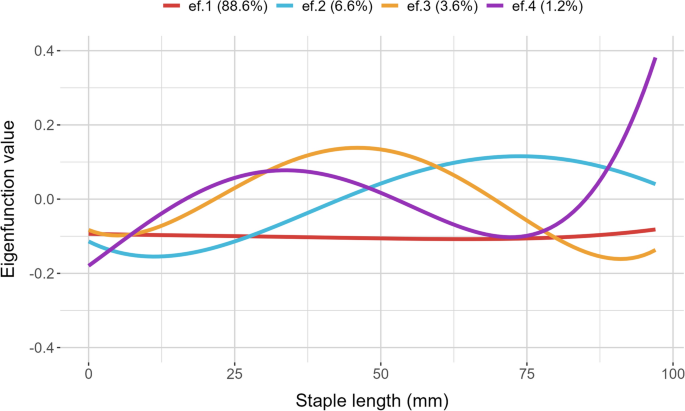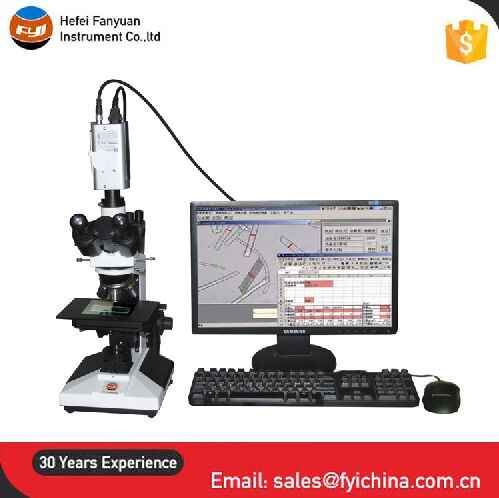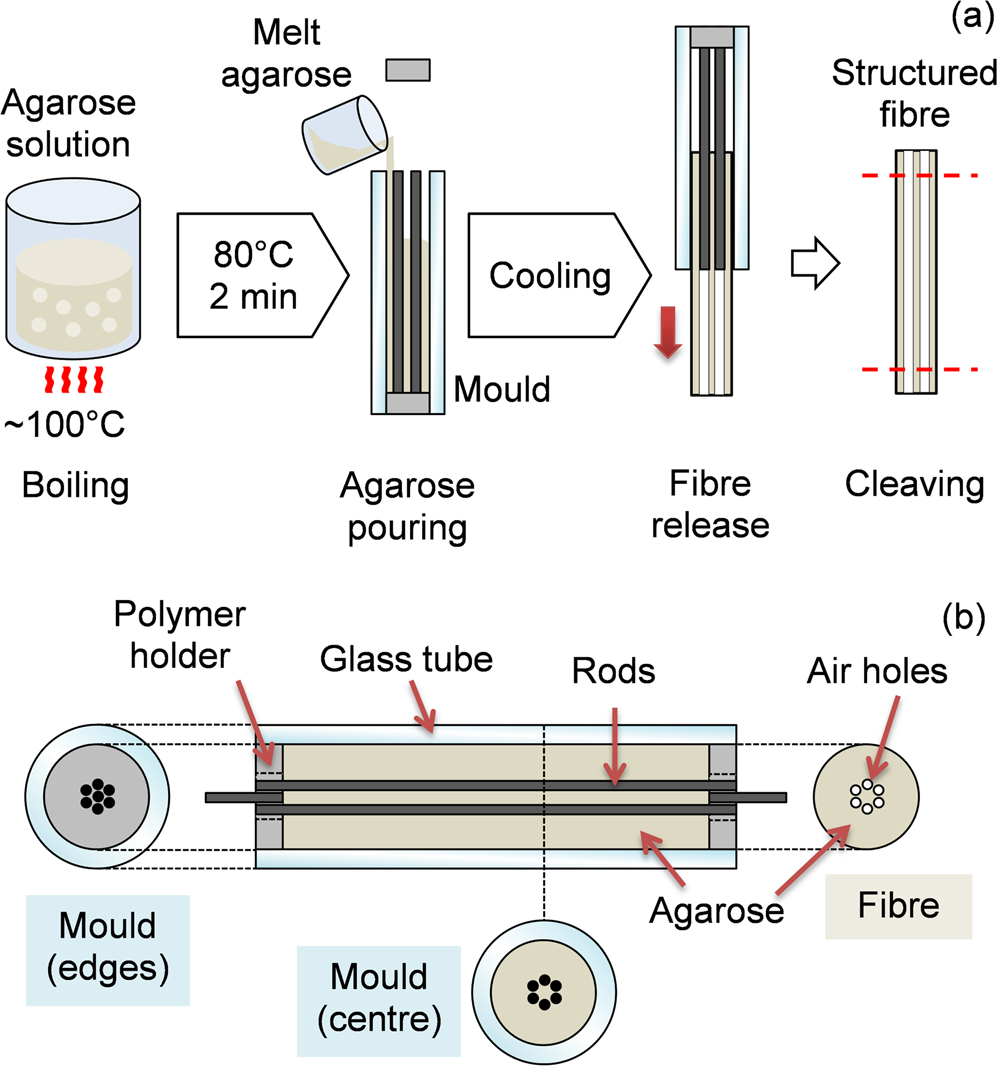The Importance of an Optical Fibre Diameter Analyser in R&D
The Importance of an Optical Fibre Diameter Analyser in R&D
Blog Article
Maximize Your Fibre Optic Performance: Understanding Optical Fibre Diameter Analyser Modern Technology
The performance of fibre optic systems is seriously affected by the accuracy of their size, an element commonly forgot in the search of ideal signal stability. Understanding the modern technology behind optical fibre size analysers reveals the complex equilibrium between dimension precision and manufacturing high quality. These devices not just boost conformity with market standards yet likewise supply real-time understandings that can preemptively resolve prospective issues. The implications of their usage prolong past simple measurement; they can essentially alter the landscape of fiber optic effectiveness. What elements should one take into consideration to harness their full possibility?
Value of Optical Fiber Diameter
The size of optical fiber plays a crucial function in identifying the performance and effectiveness of communication systems. It affects numerous key criteria, including the mode of light proliferation, depletion, and bandwidth capability. Larger sizes commonly permit several light settings, facilitating greater data transmission rates. Alternatively, smaller sized sizes have a tendency to support fewer settings, which can boost signal clearness and decrease crosstalk.

Furthermore, understanding the size's ramifications can result in cost financial savings by lowering the demand for signal boosting and repeaters in substantial networks (optical fibre diameter analyser). In verdict, the value of optical fibre diameter can not be overemphasized, as it directly affects the total effectiveness and integrity of modern interaction systems

Just How Diameter Influences Signal Quality
Signal top quality in optical fibre systems hinges significantly on the size of the fiber. The diameter affects several crucial parameters, consisting of attenuation, transmission capacity, and modal diffusion. A smaller diameter can result in higher attenuation rates, causing signal loss as light travels through the fiber. This attenuation can compromise the honesty of the transmitted data, leading to a decline in signal quality, particularly over lengthy ranges.
Conversely, bigger sizes usually permit for improved light capture and decreased modal diffusion, boosting signal clearness. In multimode fibers, a larger core diameter can sustain numerous light settings, but it may additionally introduce intermodal diffusion, which can degrade signal quality. Choosing the optimum fibre size is vital for accomplishing the wanted performance in details applications.
Moreover, the communication between the fibre size and the wavelength of the light utilized plays a crucial function in establishing the efficient transmission range and overall signal integrity. As such, comprehending how fibre size affects signal top quality is vital for network developers and designers aiming to optimize optical fiber systems for dependable, high-speed information transmission.
Introduction of Size Analyser Technology
In lots of optical fiber manufacturing processes, exact dimension of fibre size is essential for making sure consistent performance and high quality (optical fibre diameter analyser). Diameter analysers are innovative instruments created to analyze the physical dimensions of optical fibres with high precision. They employ sophisticated optical and laser innovations to measure the diameter, ovality, and concentricity of the fibre, therefore providing important information for quality control
These analysers can operate in-line during the production procedure or as component of off-line screening methods. In-line systems enable real-time tracking, enabling makers to adjust specifications quickly, thereby maintaining optimal production conditions. Off-line read this article analysers, on the other hand, offer detailed analyses of sets, ensuring that any inconsistencies from defined resistances are determined and attended to.
Size analysers dramatically add to the decrease of issues in optical fibers, boosting general product dependability. By consistently gauging key parameters, these modern technologies facilitate conformity with industry requirements and requirements. As the need for high-performance optical fibers proceeds to climb, the duty of diameter analysers comes to be increasingly vital in attaining the desired top quality and efficiency requirements in fiber optic systems.
Trick Attributes of Fiber Diameter Analysers
Although different designs of fibre size analysers exist, they generally share numerous key features that improve their functionality and integrity. Among the most substantial features is high-resolution dimension abilities, which ensure specific size readings, critical for maintaining quality assurance in fibre manufacturing. Additionally, several analysers incorporate innovative optical sensors designed to identify minute variations in fibre size, thus supplying indispensable information for process optimization.
An additional essential attribute is real-time surveillance, permitting operators to obtain immediate comments on fibre diameter throughout the manufacturing procedure (optical fibre diameter analyser). This capability assists in quick modifications and decreases the probability of defects. Lots of analysers also come geared up with straightforward interfaces, allowing drivers to conveniently navigate with setups and information results
Furthermore, robust data storage space and evaluation functionalities are crucial for tracking historical performance patterns and guaranteeing compliance with industry criteria. Some models even use connection alternatives for assimilation right into existing production control systems, enhancing overall operational efficiency. Small and portable styles enable for versatile implementation within manufacturing atmospheres, guaranteeing that top quality assurance processes are seamless and effective. These features jointly add to the effectiveness of fibre size analysers in maximizing fiber optic efficiency.
Ideal Practices for Fibre Optimization

First, routine calibration of optical fibre diameter analysers is essential. This makes sure accurate dimensions and lessens prospective disparities that might affect efficiency. Next, preserving a clean workplace is essential; dust and impurities can lead to indicate destruction.
Furthermore, it is necessary to pick fibres that meet particular application demands. This involves examining aspects such as depletion, bandwidth, and environmental conditions. Proper installment techniques need to also be abided by, including staying clear of sharp bends and excessive stress, which can endanger fibre integrity.
Moreover, visit the site using advanced monitoring systems can facilitate real-time efficiency analyses, allowing prompt recognition of problems. Normal testing and maintenance ought to be carried out to guarantee that fibres stay within optimum functional parameters.
Finally, training employees on the most current fibre optimization modern technologies and methodologies will enhance their ability to apply effective methods. By adhering to these best practices, organizations can dramatically boost the performance and life-span of their optical fiber systems, guaranteeing effective interaction and information transfer.
Verdict
To conclude, the assimilation of optical fiber size analyser technology is essential for making best use of fiber optic efficiency. By ensuring exact dimensions of fiber dimensions, these analysers considerably enhance signal quality and reduce losses throughout data transmission. Normal calibration and maintenance of the analysers are crucial to copyright ideal efficiency and compliance with sector requirements. Ultimately, the application of this modern technology assists in boosted information transmission rates and reinforces signal stability, adding to the total efficiency of fibre optic systems. click to read
Signal high quality in optical fibre systems hinges considerably on the size of the fiber.In lots of optical fibre production processes, accurate dimension of fiber size is important for making certain constant efficiency and quality. As the demand for high-performance optical fibers continues to climb, the role of size analysers comes to be progressively essential in accomplishing the preferred top quality and efficiency standards in fibre optic systems.
These attributes collectively contribute to the efficiency of fibre diameter analysers in enhancing fibre optic performance.
In verdict, the assimilation of optical fiber diameter analyser modern technology is essential for maximizing fibre optic performance.
Report this page